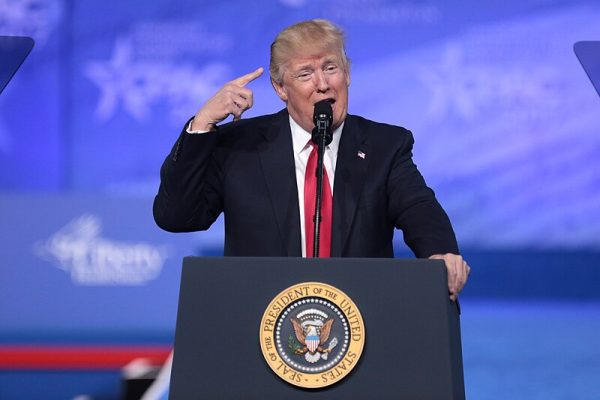Lifetime Terms are Lifetime Sentences of Partisanship
The Case For Term Limits In Our Supreme Court
Congressional debaters, Jonathan Bar-On (left) and Nathan Felmus (right) prepare for a debate tournament at Princeton where they discussed Supreme Court term limits.
Our constitution was founded on the principles of checks and balances. However, it is now clear that our Supreme Court has become anything but balanced. For far too long, partisan politics have divided our democracy, and it is time for a change.
One of the biggest problems with our judicial branch is the lack of accountability to its citizens. Lifetime sentences for Supreme Court justices perpetuate this problem. Justices under the current system are incentivized to remain on the court until a president from their party is elected.
“Unfortunately, the nominations of the court are a very polarized issue. If you’re a Democratic judge, there’s a sense of obligation that if you retire, you get someone from the Democratic party to replace you. If you’re a Republican judge, same thing,” said Caroline Gallagher ’19.
And while this mindset is logical for both the judge and party, it leads to many unintentional consequences. For instance, aging justices hang onto their posts longer than they should have, while qualified candidates in their fifties or sixties are not being considered for the position.
What is even more fundamental is that the judges on the court do not necessarily reflect the will of the people. Justices do not necessarily reflect the growing and changing ideologies of the country. President Nixon made four nominations to the court, but due to the lack of retirees, President Carter made zero. Not every president that is elected democratically get to nominate someone to the court if none happen to need replacement during their term. Furthermore, the electorate that voted for the president thirty years ago is not the same group of people that are voting in the country now, so their judges should not be the same either.
“I don’t think it is a good idea for a single sitting president to have an immense influence on another branch of government decades later, especially if they are not popularly elected. Furthermore, many of the decisions the Supreme Court make are relevant to the time so an evolving bench makes sense,” said Julia Catrambone ’19.
One way to solve this problem is by having staggered term limits. David Leonhardt writes for ‘The New York Times’ that a staggered limit of eighteen years would mean that each president would receive an average of two nominations to the bench. But, each justice would only be able to serve for one term. This would ensure that more people are considered for the bench and that there is less overstay.
However, there are a few considerations that we need to take into account before implementing such a policy. For starters, there is concern that due to the shortened time served on the Supreme Court, justices would be likely to make certain decisions in favor of private interest groups that they may work for after their term. In order to remedy this, Congress would need to pass legislation to check upon a justice’s monetary contributions and potential job offers.
Additionally, there is a fear that nominations would be incredibly partisan even with term limits because justice nomination processes would be associated with presidential elections.
“I don’t think it is a good idea for a single sitting president to have an immense influence on another branch of government decades later, especially if they are not popularly elected. Furthermore, many of the decisions the Supreme Court make are relevant to the time so an evolving bench makes sense,” said Julia Catrambone ’19.
“Limits allow the Senate and President to tailor the court even more than the status quo,” said Nathan Felmus ’19.
For example, in the 2016 presidential elections, there was a general understanding that the next president would get a Supreme Court nomination. As a result, the two main presidential candidates, Hillary Clinton and Donald Trump, opposed each other on the issue of nominating judges to overturn Citizens United. This became a major voting issue when the tradition and purpose of the Supreme Court had been to be independent from the executive branch. Issues like these need to be taken into account before shifting to term limits to avoid overlap between our branches of government.
In our ever changing political climate, it is more important than ever that we evaluate our current systems to improve them for the future. Term limits, while perhaps not a perfect solution, can certainly limit much of the polarization that exists in our country.
Sydney Teh is the Editor-in-Chief for ‘The Observatory’ yearbook and a Senior Staff Reporter for ‘The Science Survey.’ She enjoys journalistic...











